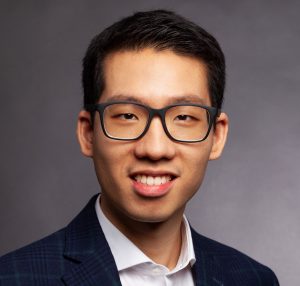A humble servant
In his shortlisted essay for the 2020 John Henahan Prize, Dr Peng Sim explains how he sees humans and technology working together like a rider on a horse

 Dr Peng Sim
Dr Peng SimIn his shortlisted essay for the 2020 John Henahan Prize, Dr Peng Sim explains how he sees humans and technology working together like a rider on a horse

 Dr Peng Sim
Dr Peng Sim